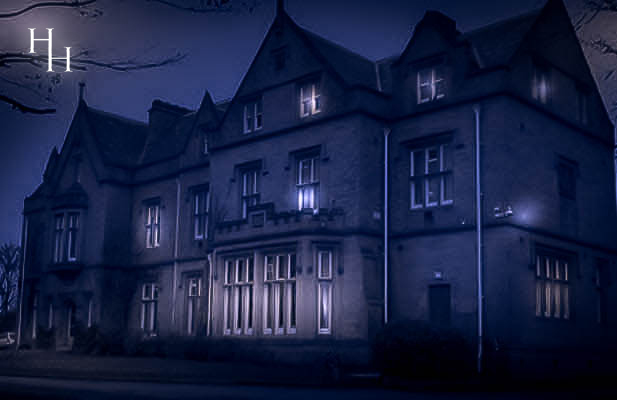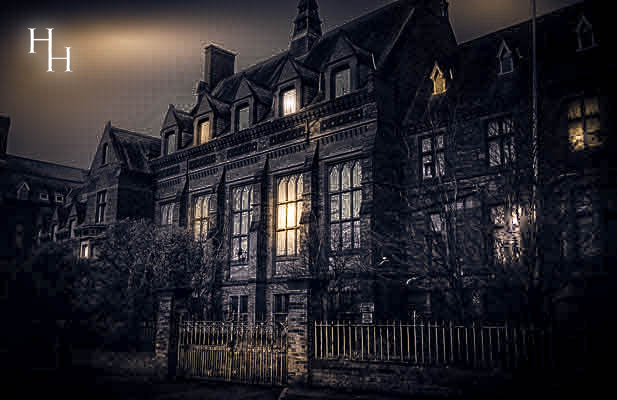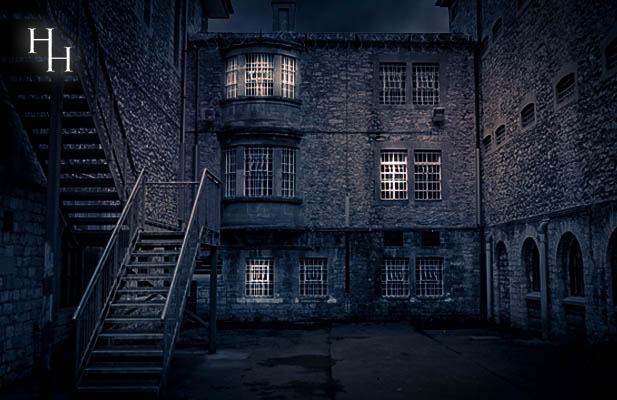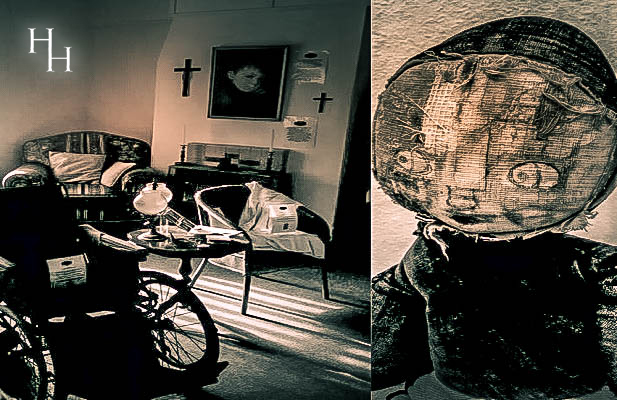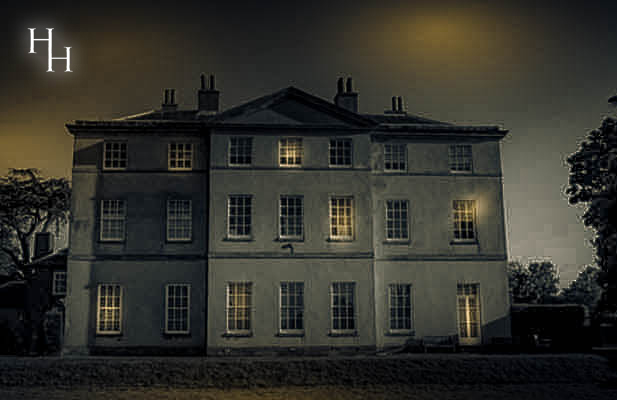Ryecroft Hall - Audenshaw, Manchester
Once used as a hospital, the hall has produced some frightening paranormal activity during ghost hunts
Sorry, we do not have any events for this location at the moment. Please keep an eye on our website for future dates.
Ryecroft Hall in Manchester is a terrifyingly haunted house with a lot of history. Ghostly apparitions have been witnessed on ghost hunts here and the foreboding feeling upon entering the building is difficult to ignore.
Overnight Ghost Hunts here can be a truly daunting experience and with so many areas and rooms to investigate, this location demonstrates haunted Manchester at its most frightening. Your ghost hunt at Ryecroft Hall will leave you in little doubt that this is a most haunted location.
The Ghosts of Ryecroft Hall
Ryecroft Hall in Manchester has produced some frightening paranormal activity during ghost hunts and paranormal investigations, including objects being moved by unseen hands, dark shadowy figures moving around and the sounds of disembodied voices from empty rooms. Many people have fled certain areas in fear at Ryecroft Hall due to the oppressive feelings.
With a reputation for ghostly activity many areas have had reports of apparitions walking from room to room. A childlike figure in Victorian clothing is often seen on the main staircase and is believed to be that of a young girl known to have fallen to her death there.
Other apparitions have included soldiers, a young woman in a mop cap, a First World War nurse and a woman in a long dark dress. Also, unexplained smells have appeared from nowhere, extreme drops in temperature have been felt, bells have rung and items have even been thrown.
The History of Ryecroft Hall
Ryecroft Hall was built in 1849 by James Buckley, a wealthy family man who owned the Cotton Mills at Ryecroft. The Buckley’s were a very rich family and as you look around Ryecroft Hall, you will see James intended to live in some style.
The Hall took several years to build, with all the necessary comforts of a Victorian gentleman; a library, large dining room, study, billiard room, ball room as well as sitting rooms bedrooms. The outbuildings had stables and coach houses. Many of the rooms still have the original wood panelling and very ornate ceilings which are still in existence.
James Buckley died in 1851, when the hall was still unfinished and it was inherited by his son also a James, who then sold it to his brother William Smith Buckley who lived in the luxury of the hall until his death in 1877.
In 1885 the hall was passed on to Abel Buckley, William’s cousin. Abel lived at Ryecroft Hall for 22 years, he was an extremely rich man having interests in collieries, hotels and banks as well as retaining interests in cotton mills the start of his wealth. He was a Congregationalist and gave large amounts of money for the building of the Albion Chapel in Ashton.
In 1908, Abel died and the hall was owned by his sons until February 1913, when it was sold to Austin Hopkinson. He was another rich man this time making his money from engineering.
During the Great War 1914 - 1918 the hall became a Red Cross Hospital. In 1922 the house and grounds were given to Audenshaw, and it served as the administrative centre and social centre for the Urban District until the formation of Tameside MBC in 1974.




